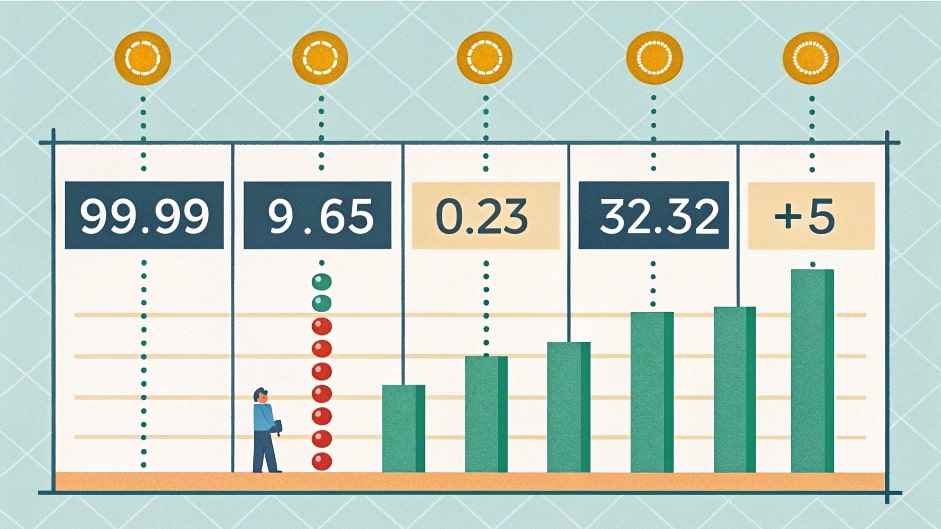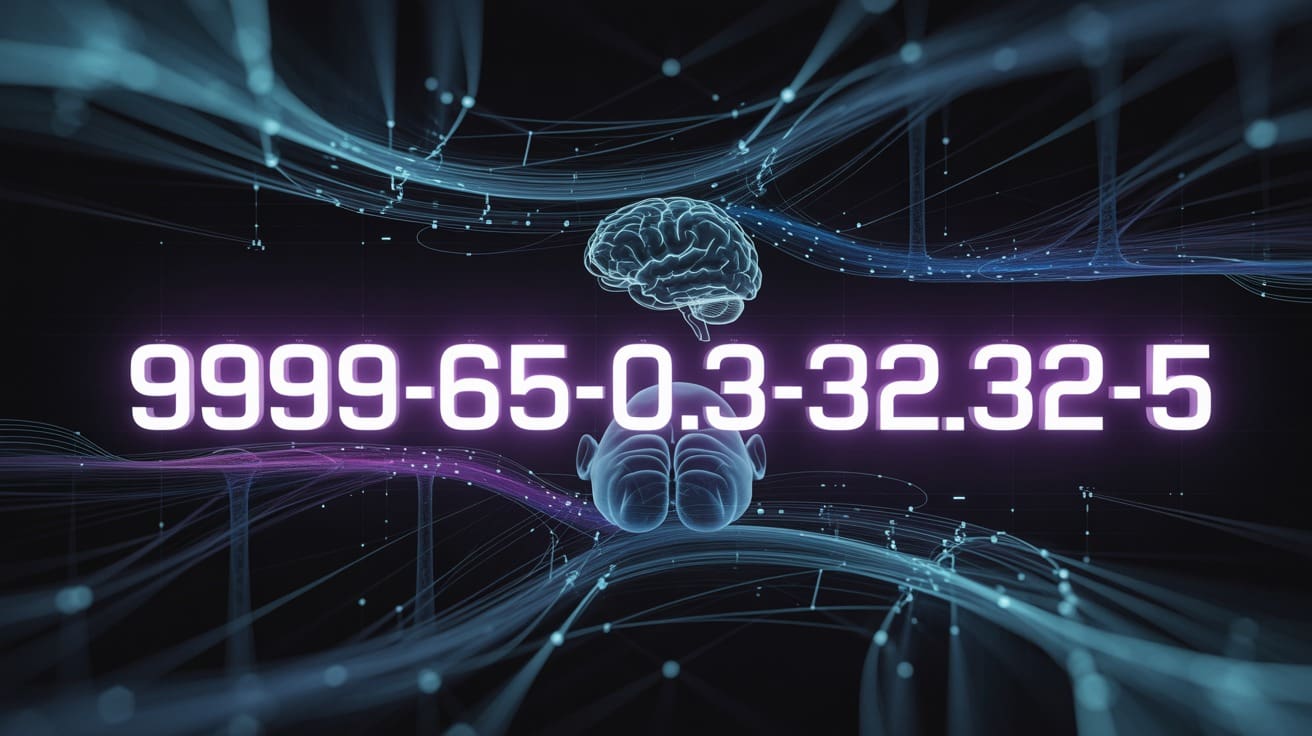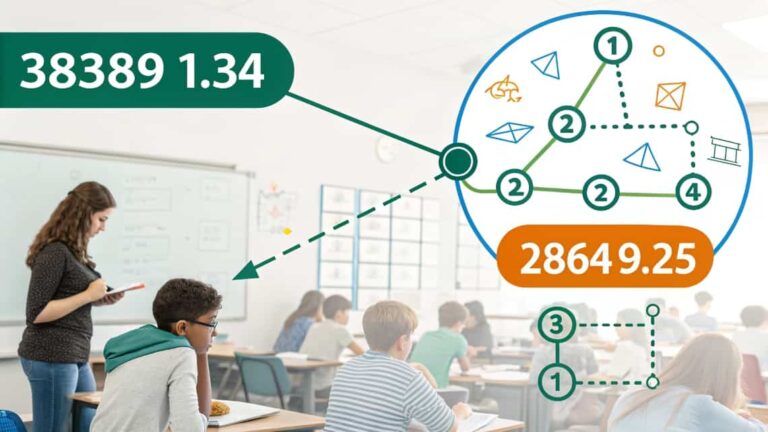99.99-65-0.23-32.32-5 – Secrets Experts Don’t Want You To Miss!
In today’s data-driven world, sequences such as 99.99-65-0.23-32.32-5 are more than just a random string of numbers. They represent complex patterns, thresholds, and metrics that can inform decision-making across industries.
Whether you are in finance, healthcare, manufacturing, or technology, understanding these sequences can be the difference between precise insights and misleading assumptions. This article explores the nature of this sequence, its applications, challenges, and practical implications.
What Is 99.99-65-0.23-32.32-5?
At first glance, 99.99-65-0.23-32.32-5 appears cryptic. However, breaking it down reveals potential significance for analysts and decision-makers:

- 99.99: This number often suggests near-total completeness, efficiency, or a percentile value. In data analysis, it could indicate peak performance, accuracy rates, or system utilization.
- 65: A mid-range value like this often represents benchmarks, averages, or standard metrics for comparison. It could also reflect operational thresholds or intermediate outcomes.
- 0.23: Smaller decimals typically signal low error rates, probability values, or minor adjustment coefficients. In algorithms, such a number might correct or fine-tune predictive models.
- 32.32: Repeating decimals can indicate precise measurements, calibration points, or scientifically significant figures. They often require careful handling in calculations to avoid rounding errors.
- -5: Negative numbers in a sequence can denote deficits, reductions, or deviations from expected performance. They may also represent losses in financial or operational contexts.
This breakdown highlights that each number in the sequence carries a distinct role, contributing to the overall interpretation and application.
Applications of 99.99-65-0.23-32.32-5 in Various Industries – Lets See!
While abstract, sequences like 99.99-65-0.23-32.32-5 have practical applications across multiple fields:
Healthcare:
- Patient Recovery Metrics: Tracking treatment efficiency and success rates.
- Diagnostic Precision: Fine-tuning algorithms for disease detection using highly specific metrics.
- Risk Assessment: Evaluating probability and severity of complications using small decimal values.
Finance:
- Portfolio Analysis: Using each number to represent risk, returns, or variance measures.
- Algorithmic Trading: Precise calibration of trading bots based on performance and error metrics.
- Budget Forecasting: Negative values indicating potential losses, while decimals track micro-adjustments.
Manufacturing:
- Quality Control: Monitoring machinery settings and output precision.
- Production Efficiency: Near-max performance indicators (like 99.99) to ensure minimal downtime.
- Calibration & Maintenance: Repeating decimals to maintain high accuracy in automated processes.
Technology and AI:
- Machine Learning: Using the sequence for error correction and model tuning.
- Data Integrity Checks: Ensuring datasets meet high accuracy standards.
- System Monitoring: Detecting deviations from expected metrics, indicated by negative or decimal values.
How Do Precision and Variability Impact the Interpretation of 99.99-65-0.23-32.32-5?
A key strength of sequences like 99.99-65-0.23-32.32-5 is their ability to convey both precision and variability simultaneously. Precision, indicated by decimal values, ensures measurements are highly accurate, which is critical in scientific, engineering, and financial analyses. Variability, reflected by larger numbers and negative values, highlights deviations, anomalies, or performance gaps, allowing analysts to identify areas needing corrective action.
By understanding this balance, organizations can make more informed decisions, optimize operational processes, and minimize risks. Moreover, recognizing the interplay between precision and variability helps in forecasting outcomes more reliably and in developing robust models that account for both ideal conditions and potential deviations.
Why Understanding Such Sequences Matters?
Ignoring sequences like 99.99-65-0.23-32.32-5 can lead to serious misinterpretations:

- Accuracy Matters: Even small errors (like 0.23) can propagate into major miscalculations.
- Contextual Importance: Numbers without context are meaningless; analysts must know the environment they relate to.
- Decision-Making: Businesses and researchers rely on these sequences for accurate forecasts and actionable insights.
Understanding the full meaning of each component ensures that decisions are based on precise data rather than assumptions.
Common Challenges When Working With 99.99-65-0.23-32.32-5 – Tips For Experts!
While valuable, sequences like 99.99-65-0.23-32.32-5 come with specific challenges:
Contextual Interpretation:
Without contextual knowledge, these numbers are ambiguous. Analysts must understand the domain, dataset source, and underlying methodology before making decisions.
Data Integrity:
Even minor inaccuracies can distort interpretations. Ensuring reliable collection methods, validation, and verification processes is critical.
Integration with Systems:
To use this sequence effectively, companies may need advanced software solutions that can process multi-faceted data while maintaining accuracy and consistency.
Communication Complexity:
Explaining the significance of such sequences to non-technical stakeholders can be difficult. Visualizations, simplified explanations, and context-based storytelling are essential.
Dynamic Changes Over Time:
Sequences like 99.99-65-0.23-32.32-5 may evolve as new data is collected or conditions change. Analysts must account for temporal fluctuations and ensure that their models and interpretations remain relevant over time. Failing to track these dynamic changes can lead to outdated conclusions or ineffective decision-making strategies.
Advanced Analytical Applications – How 99.99-65-0.23-32.32-5 Drives Smarter Decisions!
Predictive Modeling:
Sequences like 99.99-65-0.23-32.32-5 are perfect for predictive analytics:
- Combining high percentages, averages, and precise decimals can improve model accuracy.
- Negative numbers help account for risks or potential losses, refining forecasts.
Machine Learning:
In machine learning, such sequences can be used as:
- Feature sets for regression, classification, or anomaly detection models.
- Calibration points for training models that require high precision.
Scientific Research:
In lab settings, 99.99-65-0.23-32.32-5 may define:
- Experiment tolerances and benchmarks.
- Measurement thresholds for replicable results.
How To Use 99.99-65-0.23-32.32-5 Effectively
To leverage this sequence optimally:
- Define Context: Establish what each number represents in your specific field.
- Use Correct Tools: Analytical software, statistical models, and machine learning algorithms can handle complex sequences efficiently.
- Monitor Trends: Track changes in the sequence over time to identify patterns and anomalies.
- Validate Data: Ensure the sequence is accurate before making decisions based on it.
- Communicate Findings: Translate numeric sequences into actionable insights for stakeholders.
The Future of Data Sequences Like 99.99-65-0.23-32.32-5 – What’s Next!
As data continues to grow in volume and complexity, sequences like 99.99-65-0.23-32.32-5 will become increasingly integral to advanced analytics and decision-making. The rise of AI and machine learning will allow organizations to detect patterns and correlations within these sequences that were previously impossible to uncover.

Integration with real-time IoT data will enable dynamic monitoring of operations, offering instant insights for optimization. Additionally, predictive analytics will leverage such sequences to forecast trends, identify risks, and guide strategic planning with higher accuracy. As industries embrace data-driven methodologies, understanding and utilizing these sequences will be a key competitive advantage.
FAQs:
Can this sequence be used in healthcare analytics?
Yes, sequences like 99.99-65-0.23-32.32-5 can track patient recovery rates, treatment efficacy, or diagnostic accuracy. They also help monitor small deviations in vital signs or test results. Applying these sequences can lead to better patient outcomes and operational efficiency.
Is it applicable in finance and investment analysis?
Absolutely. Financial analysts can use the sequence to evaluate portfolio performance, calculate risk exposure, or optimize algorithmic trading strategies. The high precision and variability help in understanding potential losses and gains.
How does it support manufacturing and quality control?
In manufacturing, this sequence can indicate production efficiency, machine calibration, and product quality thresholds. Small decimals and negative values help detect defects and deviations early. Proper interpretation ensures higher consistency and fewer operational errors.
Can machine learning algorithms use this sequence?
Yes, it can serve as input features for predictive models, regression analysis, or anomaly detection. Decimals provide precision, while negative numbers add context for deviations. Machine learning models can use this information to improve decision-making accuracy.
How reliable is 99.99-65-0.23-32.32-5 for research purposes?
Its reliability depends on the context and the source of the data. Accurate validation and controlled collection methods are essential. When properly interpreted, this sequence can offer significant insights in scientific, financial, or operational research.
How can organizations visualize this sequence effectively?
Using graphs, dashboards, and heatmaps can make the sequence easier to interpret. Visual representation highlights trends, anomalies, and performance gaps clearly. Visualization also helps communicate insights to non-technical stakeholders.
Conclusion:
The sequence 99.99-65-0.23-32.32-5 is more than a string of numbers—it’s a versatile analytical tool that can provide actionable insights across industries. By understanding each component, contextualizing its application, and leveraging modern data analysis techniques, businesses and researchers can make informed decisions, optimize performance, and reduce errors.
Whether it’s improving patient outcomes, enhancing financial strategies, or fine-tuning manufacturing processes, sequences like 99.99-65-0.23-32.32-5 are invaluable in today’s data-driven world. Proper interpretation, integration, and application can transform raw numbers into strategic intelligence.
Also Read:






